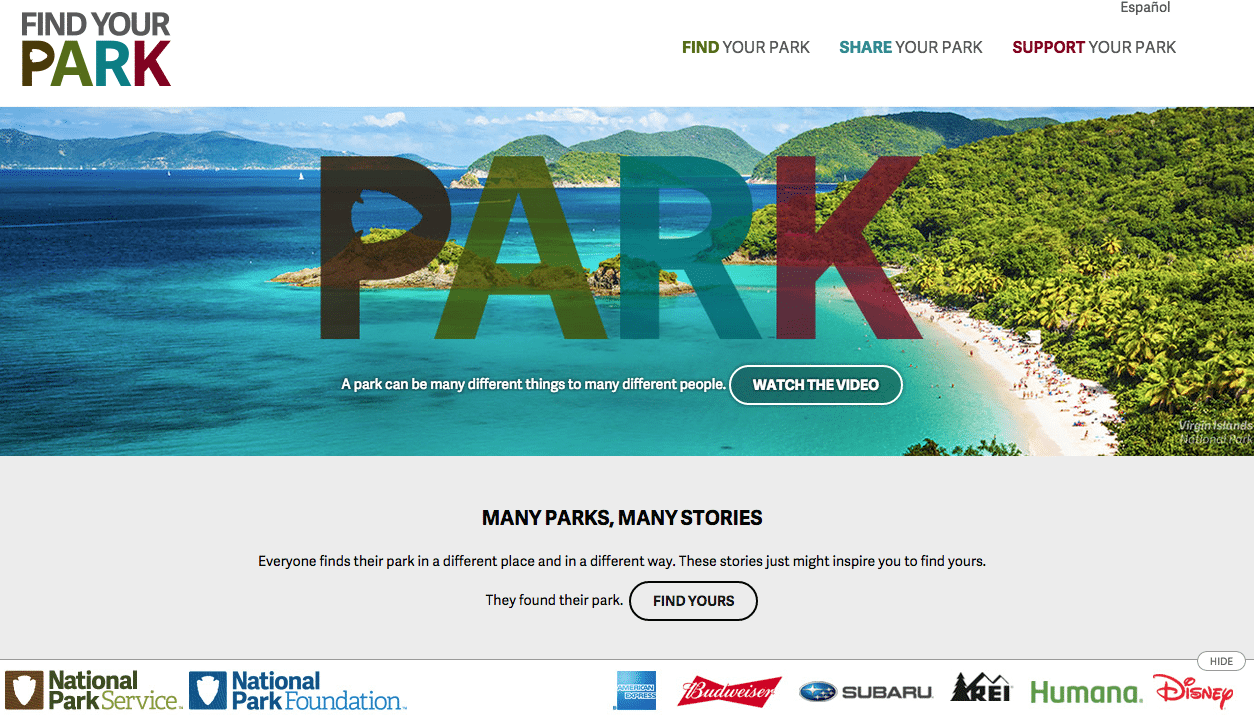U.S. National Parks Embrace Digital Media to Reach Millennials

Skift Take
We're slightly disappointed that Grey didn't run with the opportunity to make national parks as sexy as we know they have the potential to be and hesitant of the campaign's high expectations.
The National Park Service launched its largest-ever marketing campaign in preparation for the agency's centennial celebrations in 2016.
The goal of the campaign, several years in the making, is to raise awareness of the park system among millennials. In addition to the website, FindYourPark.com, with its content on the parks and trip-planning tools, the campaign will include contests, social media engagement and influencer relationships.
The parks drew 292 million visitors, who enteried at least one national park in 2014, but there are misperceptions that they’re family destinations only or all located
